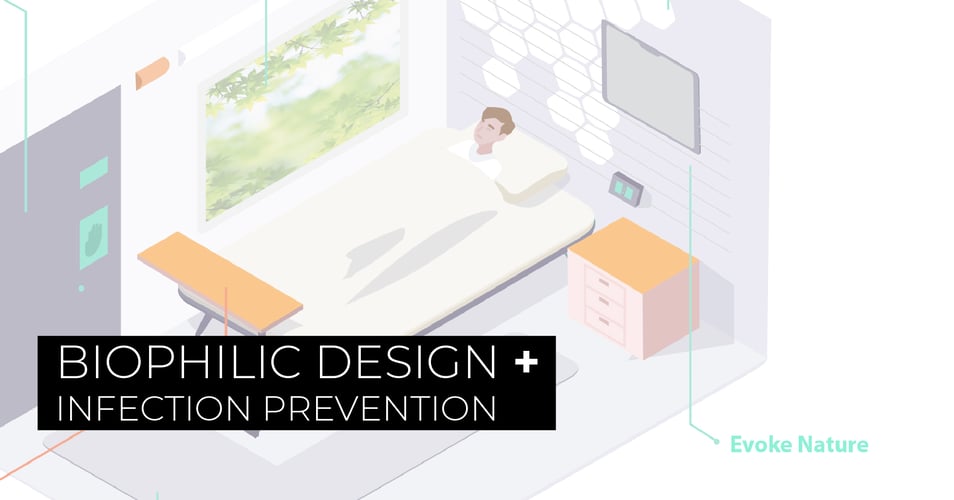Anyone familiar with hospitals knows that design impacts operations. How people - both healthcare workers and patients - move through the space...
Infection Control and Biophilic Design: Can Both Be Achieved?

![EOScu Logo - Dark - Outlined [07182023]-01](https://blog.eoscu.com/hubfs/Eoscu_June2024/Images/EOScu%20Logo%20-%20Dark%20-%20Outlined%20%5B07182023%5D-01.svg)















